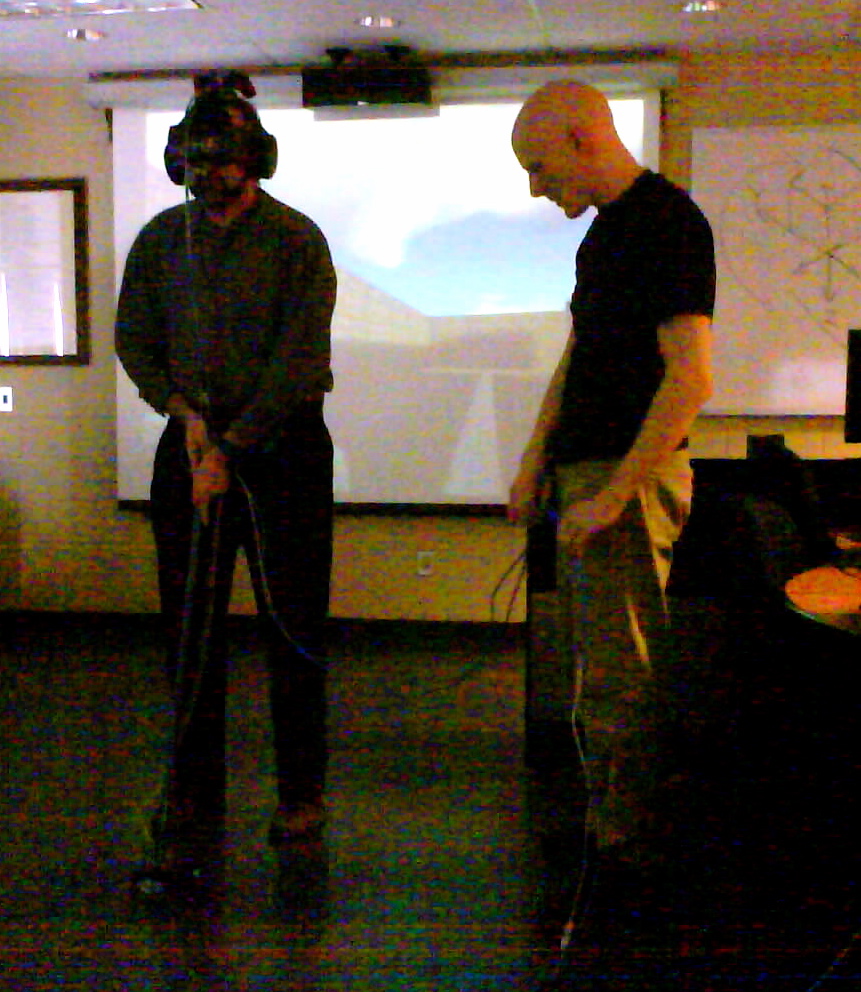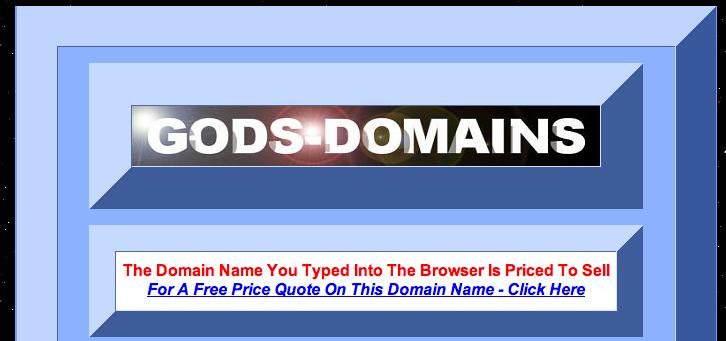Ray Siemens and friends have put up a TEI Encoding of Dylan’s Subterranean Homesick Blues on YouTube as “socio-cultural representation” of the Text Encoding Initiative (TEI) to counter the various videos of Tei, a popular Korean signer. There is a blog on the widget hosted by the ETCL at Victoria which explains the origins and authorship of the video.
Category: Playful or Cool
Newsknitter: Knitted Visualization

Newsknitter is a project that gathers news from RSS feeds and then generates a visualization that can then be knitted into a sweater. Check out the images of sweaters knitted. This project has been exhibited at Ars Electronica and is the work of two PhD candidates at Kunstuniversität Linz. At first the idea of machine knitted sweaters of text visualization sounds like a conceptual art work with no future, but as I think about it, the idea of just-in-time information being visualized and used to generate stable material objects like a sweater sounds timely. All sorts of objects could have their designs generated on the spot and on demand from information off the net. Why should data be only visualized and not materialized?
Wordle: word cloud art
Just found this delightful, simple, slightly addictive text toy called Wordle.
This example is a big chunk of text from Corporate Ipsum, my new favourite dummy text generator.

Found at ouroboros.
Parallel Word Processing
Well, that’s what Textflow calls their not-yet-in-beta collaborative editing system. It certainly looks attractive, it even looks like it might be nice to use. I have only had a quick look, but it claims to offer more than just multi-user document editing; instead of requiring editors to check-in/check-out portions of a document (hence locking their edits), Textflow chunks the document down into a database of edits and revision pieces of arbitrary size and maintains all the pieces of a document simultaneously over many editors. Its killer feature might be the ability to import several versions of a Word file and build a revision history with a ‘final state’ copy ready to commit or roll-back edits.
Faces stiff competition from Google Docs and ThinkFree (among others), but they look to be raising the bar.
Clemens: Virtual Wiiality Redux

One of our students Joel Clemens gave a demonstration of his impressive fourth year project, Virtual Wiiality Redux. He used common consumer components like the Sony SIXAXIS controller, which has motion sensing, to create an virtual reality system. In the picture above you see me with the helmet (with the SIXAXIS velcroed above) experiencing the 3D space (a version of our lab with a gaping chasm below my feet.) The strange broom thing was Joel’s solution to tracking where I am in the space. It has a small bowling ball with rollers to capture movement. The broom “floor mouse” didn’t work as well as the head tracking set, which was very responsive. With hackers like Joel and cheap motion tracking controllers, DIY VR may be a real “wiiality”. Check out his extensive web site.
Prism and XUL
My favorite underappreciated XML language XUL (XML User Interface Language) could become more than a Mozilla utility with Prism. To quote the Prism site:
Prism is a simple XULRunner based browser that hosts web applications without the normal web browser user interface. Prism is based on a concept called Site Specific Browsers (SSB). An SSB is an application with an embedded browser designed to work exclusively with a single web application. It doesn’t have the menus, toolbars and accoutrements of a normal web browser. Some people have called it a “distraction free browser” because none of the typical browser chrome is used. An SSB also has a tighter integration with the OS and desktop than a typical web application running through a web browser.
In other words, with Prism you can write your own interface in XUL that shows and hides what you want. You can then use it, in theory, to create network applications without all the interface overhead of a browser. How far are we from the browser as OS?
Thanks to Peter for this.
FlowingData: 17 Ways to Visualize the Twitter Universe
Peter sent me to a neat blog, FlowingData that is partly about visualization. Nathan, the author, posts longish notes like 17 Ways to Visualize the Twitter Universe. He also has a good one on 21 Ways to Visualize and Explore Your Email Inbox which has some creative ways to handle spam like Alex Dragulescu’s Spam Architecture that takes spam and generates “three-dimensional modeling gestures”! (I want to be a 3D modeling gesture!)
Sweding: Be Kind Rewind

And now for the best movie web site I’ve seen in a long time, Be Kind Rewind. The premise is that the web is erased (by Jack Black, presumably) and various other web sites have to be sweded, which has something to do with coming from Sweden (and “sweet”?). There is a two page PDF that explains it all and examples like a swede Google. It looks like paper reverse engineering of a web design.
Thanks to Calen for this.
GodsDomains.com

GodsDomains.com – Not for the humble
SET 26

SET 26 is a Swiss design company that sells furniture shaped like letters from the Roman alphabet. Each letter costs about 1,500 Euros and has doors that open revealing shelves. They have a Konfigurator so you can see any combination of 5 letters in the available colours (like the GROCK above.)
I read about this in a strange online Facsimile Magazine while reading a reproduction of a 1970 Time Life Books’ Nature/Science Annual article on “Art’s New Ally – Science.” The article documents a number of technological arts projects including the Experiments in Arts and Technology (E.A.T.) cooperative founded by Billy Klüver and Robert Rauschenberg.
